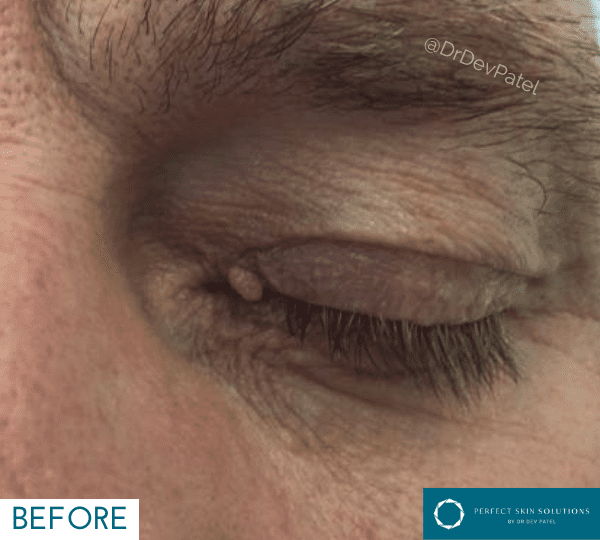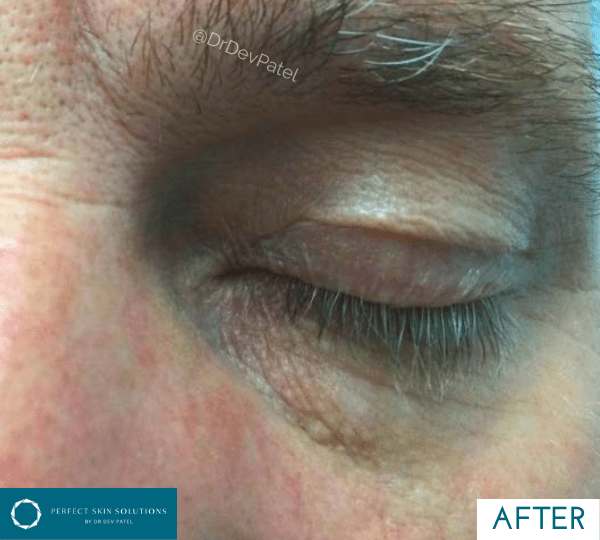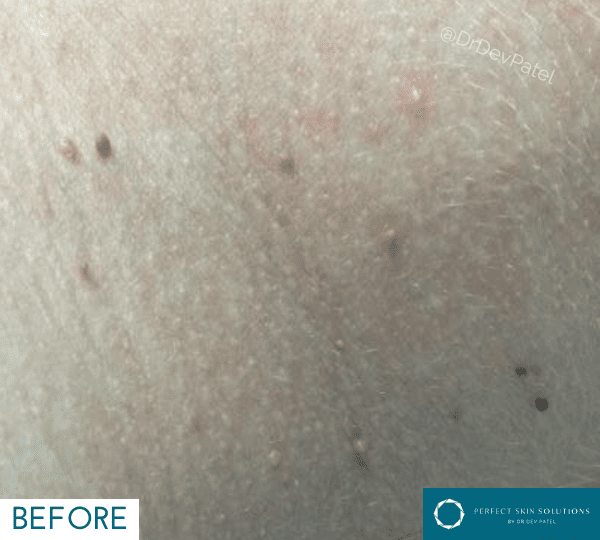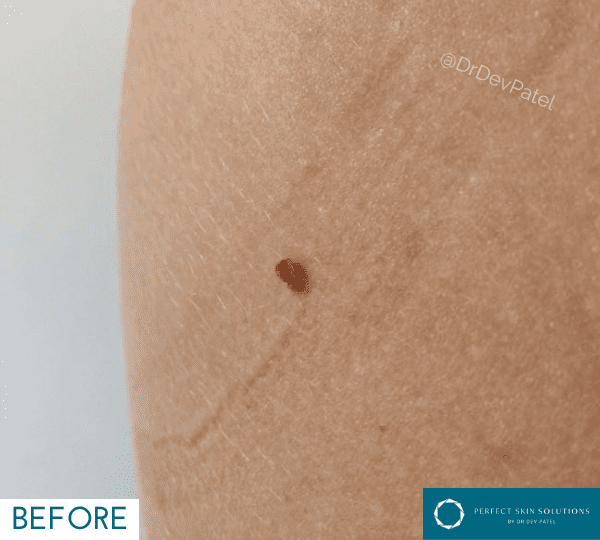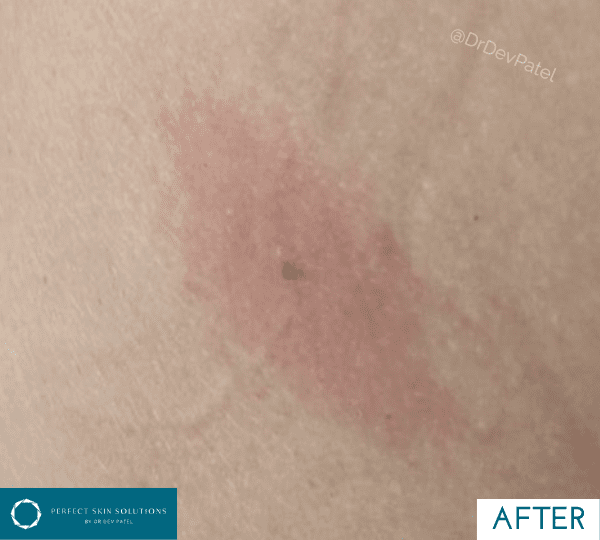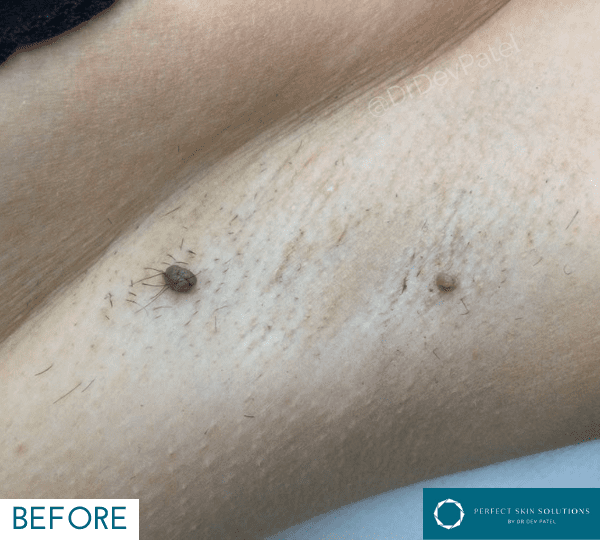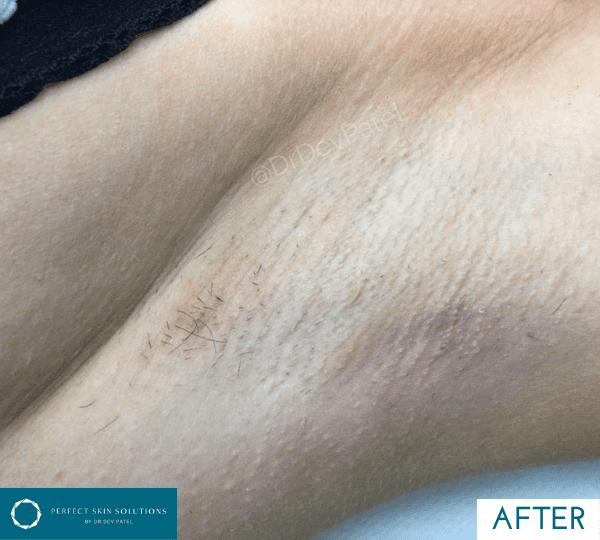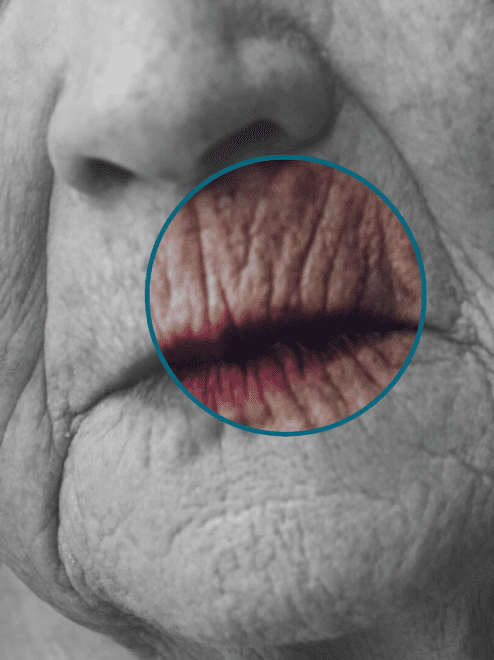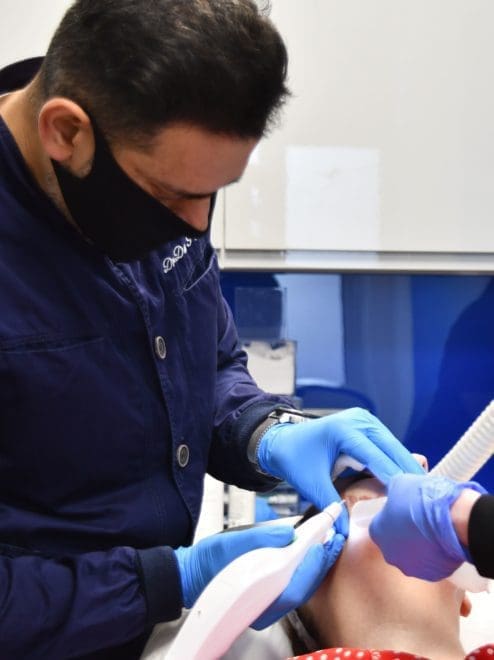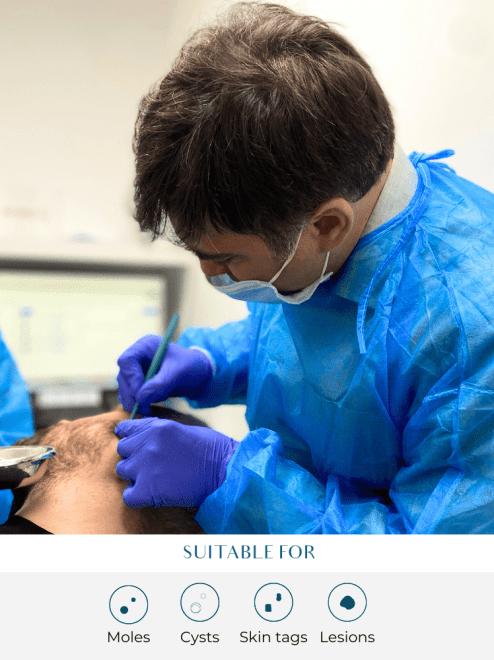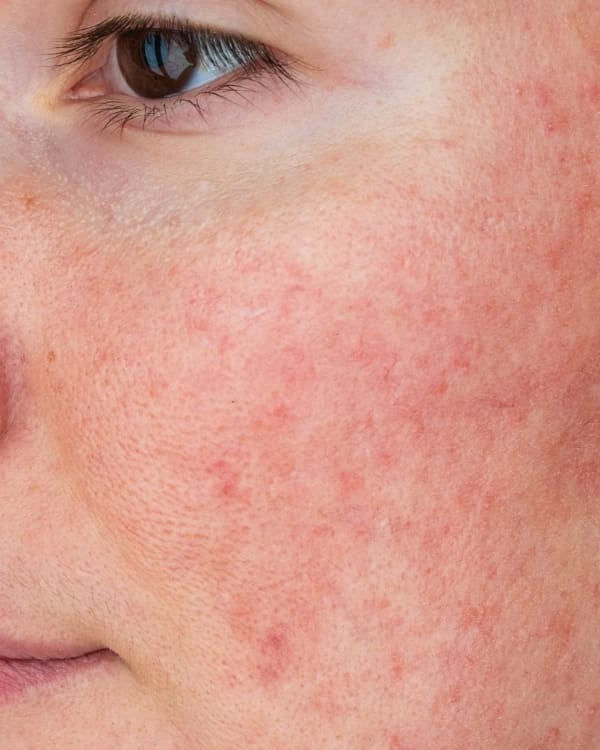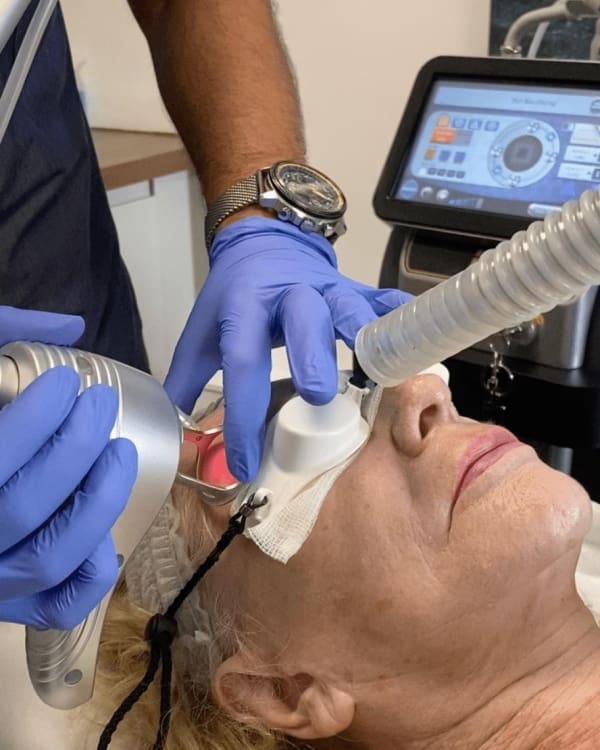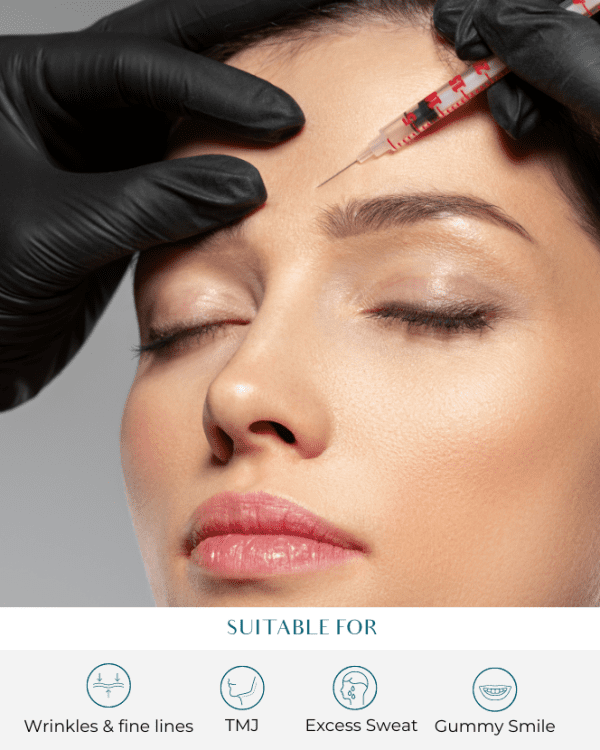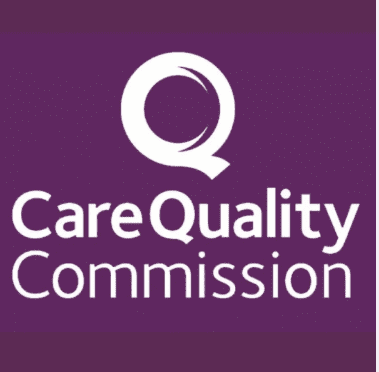
face/body/skin Treatment
Skin Surgery
Our mission is simple, to provide high-quality and cost-effective treatment of superficial benign skin lesions. Skin tags, moles and other benign lesions can be removed safely and efficiently in our clinic by our highly trained clinicians. From initial assessment through to treatment and follow-up, you will receive the very best in skincare. With our responsive virtual consultation service allowing fast-track preliminary assessment and diagnosis, we have more time to focus on your individual well-being.
All surgical procedures are carried out in our purpose-built surgical suite. Our skin surgery includes blemish removals and skin lesions removals. Read on to find out what we can treat.
Our doctors carry out skin lesion removals such as moles, cysts, keratoses and callous removals.
What is a benign Lesion?
The term benign lesion denotes a range of non-cancerous lumps, bumps and flat pigmented lesions. This includes moles, cysts, keratoses and callouses. Some of these might be irritating you, others may be causing cosmetic impairment or a perceived disfigurement. Removing these lesions involves a small minor operation performed under local anaesthetic ( a numbing agent) whilst you remain awake.
What will my treatment involve?
The type of procedure your doctor uses will depend on the anatomical location of the lesion, its size, depth in the skin and whether histology is required. The procedure might involve complete surgical removal (and sending for histology), a curettage (the lesion is gently pared away), or shave excision. On initial consultation, your skin will be assessed under an illuminated magnifier (dermatoscope). Any diagnostic uncertainty will warrant a biopsy (taking a small sample) before the procedure to ensure an accurate diagnosis and safe removal.
What is a pre-operative assessment
This is an opportunity for us to assess your skin and suitability for treatment. We’ll explain the treatment in full and ensure you are prepared. Some complex skin lesions, or those in more difficult areas may need to be referred to secondary care or a plastic surgeon. If we suspect a skin cancer or there are concerns about the nature of your skin lesion we may refer you back to the NHS skin cancer pathway or address options for referral to dermatology.
What types of techniques will be used?
1. “Complete excision.” – This involves the removal of the entire skin lesion with a small perimeter of surrounding tissue. This is needed for larger, or deeper moles and is always used for suspected malignant lesions. Stitches are used to close the skin.
2. “Curettage” is a technique used to gently pare away the skin lesion and scoop it out. The subsequent scar will be approximately the same size as the original lesion and may be slightly indented depending on how deep the original lesion is.
3. “Shave Excision” – this is a process that involves shaving the lesion with a fine blade so it is flush with the normal skin. Cautery is then often used to complete the procedure. The subsequent wound is left to heal naturally and does not require stitches. The scar will be about the same size as the original lesion. This method is often used for seborrheic keratoses, skin tags and some shallow moles.
Blemish removals with a therapist include:
Facial Thread Veins – commonly found around the nose and on the cheeks
Blood Spots – bright red vascular blemishes frequently found on the midriff, back or front
Spider Naevus – a central dilated capillary with smaller capillaries like the legs of a spider
Skin Tags – Commonly found on the neck, underarm and areas of friction
Milia – Tiny white hard lumps containing keratin
Dermatosis Papulosa Nigra – Common disorder found on black skins
Age Spots and other brown marks or Pigmentation are all possible to remove with ACP.
Most blemishes we treat are removed in just one quick session, which makes it one of the most cost-effective treatments available.
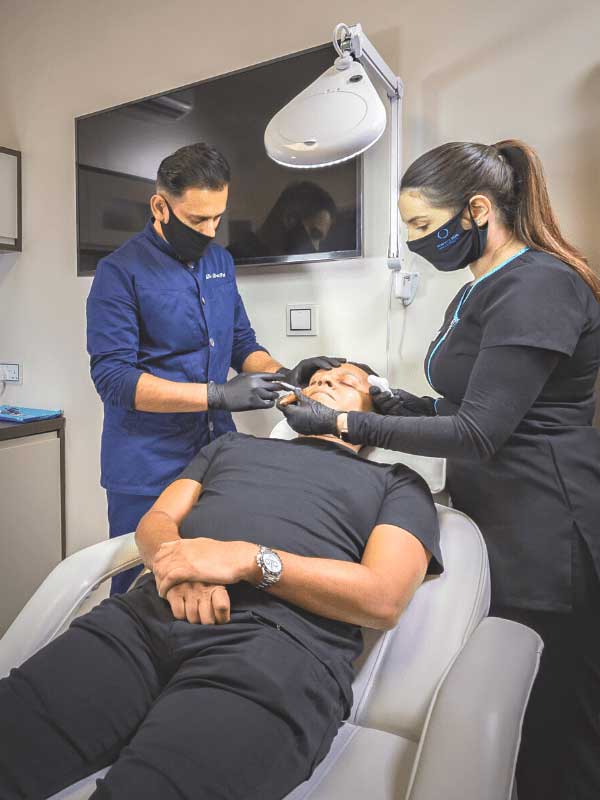

Why choose Perfect Skin Solutions for your Skin Surgery?
Our expert Doctors have performed over 2000 procedures whether it be for private, NHS or the military – you know that you are in safe hands when you visit our clinic. As a gold standard in addition to cosmetic removal, the clinic also offers private Histology lab testing. Our therapists have been expertly trained in Advanced Cosmetic Procedures to offer an affordable alternative to blemish removals. Our primary principle is to do the least possible (ie least invasive) treatment to get the job done, thereby ensuring the best possible cosmetic outcome. We are also registered with the CQC to carry out such procedures.
Get in contact

At a glance
Treatment time
15-30 Minutes
Anaesthetic
Local Anaesthetic
Full recovery
7 Days Maximum
Back to work time
Same or Next Day
Sensitivity period
N/A
Duration of result
Long Term




















